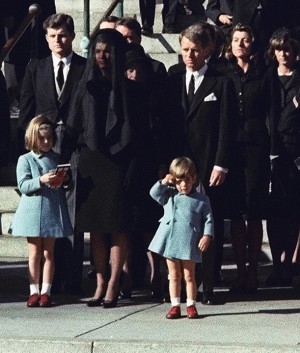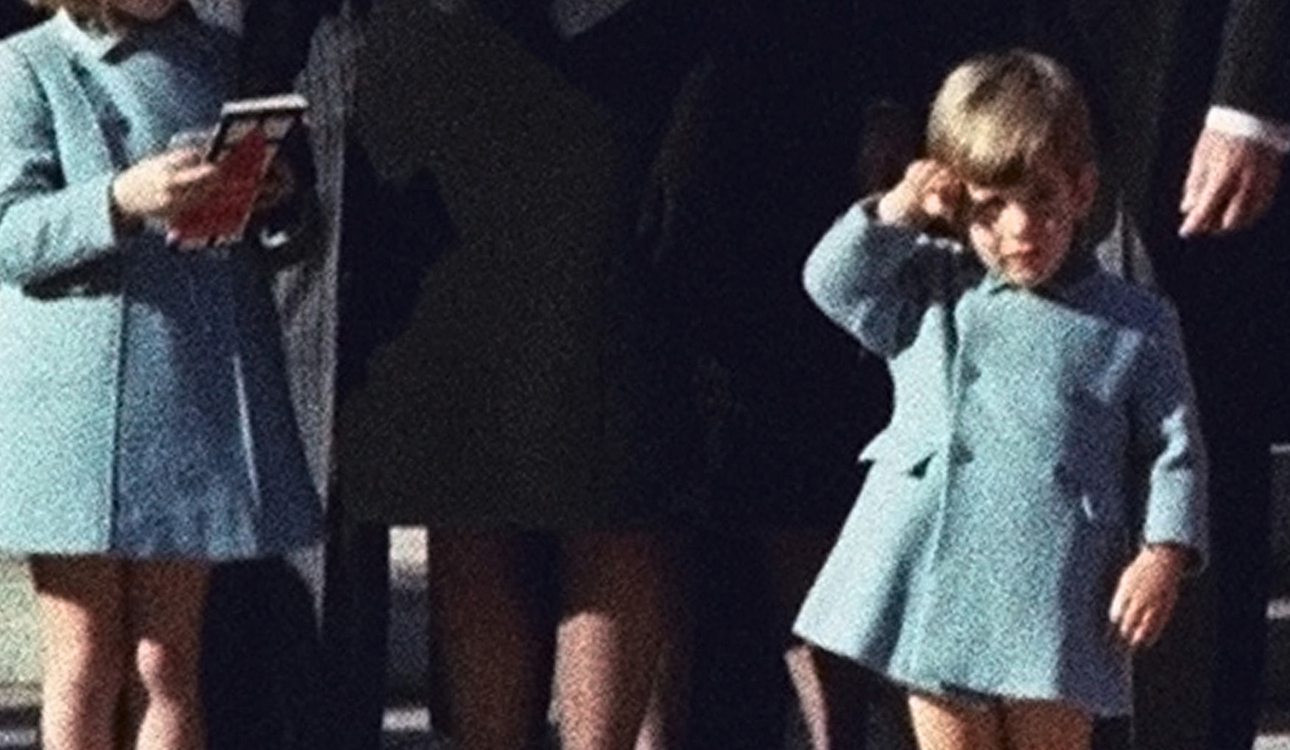
A&E Editor
In modern day, discovering breaking news is as quick as swiping a text notification on a smartphone or as simple as stumbling upon a trending tweet. News now spreads so expediently and more concisely than any other time in history.
Undoubtedly, times have evolved since the primitive times of technology in the late 1950s and early 1960s. Families would gather around their television set to hear the latest news, mostly in 15-minute evening bulletins.
However, the assassination of President John F. Kennedy halted the world in reverence — many in mourning, others in curiosity. The television set became the hearth of the American family unit for four days from the time of the first gunshot announcement to the somber funeral procession that followed.
“I don’t think there was ever a time before that in history where people were in a position to witness simultaneously the same event as they were on that particular weekend,” said Rick Bradfield, senior lecturer in the department of journalism, public relations and new media.
In modern news gathering, broadcast journalism has become a direct documentation of the human narrative. In conjunction, associate professor of journalism Robert Darden said he believes history is news accounts with perspectives.
Though he credits the rise of broadcast news to the CBS coverage of McCarthyism in the 1950s, Darden said the assassination of Kennedy 50 years ago was the spark that ignited a new, matured medium of news.
“TV had just come of age before the assassination,” Darden said. “A series of incidents led people to believe that television could be a viable news option.”
Though the telling of his murder and thereafter were influenced by television reporting, no other president successfully managed a life in the public eye like Kennedy did.
“Kennedy was a master communicator of television: handsome, photogenic, spoke in a way that television could use and cut,” Darden said.
According to a story by David Greenberg from The Slate magazine, approximately 90 percent of American homes had their own televisions by 1960, just in time for the Kennedy/Nixon debates. An estimated 70 million viewers tuned in for the first of four rounds.
The 1960 election ignited his charisma and charm, both of which were elevated far above his Republican opponent Richard Nixon. In particular, the presidential debate — televised and the first of its kind — virtually sealed Kennedy’s spot for the presidency. With a gaunt complexion and disheveled presence, Nixon paled standing next to his opponent on the television screen.
“Kennedy came across as a leader who intended to deal with the nation’s greatest problems; Nixon registered with voters as someone trying to gain an advantage over an adversary,” author Robert Dallek wrote in Kennedy’s biography “An Unfinished Life.”
His vice presidential running mate, Lyndon B. Johnson, also followed Kennedy’s style of oration and unity with the camera.
Beyond the images of television and photographs, the infamous Zapruder film, so named for the Dallas resident who captured the scene, still burns as fervently as it did 50 years ago. Though the 26.6 seconds of shocking footage was not widely distributed or even publicly seen for a dozen years after the shooting, it remains one of the few complete recorded vantage points and highly criticized pieces of history.
“What people remember from these sorts of events are the images, not the facts,” Bradfield said. “They remember that horrible Zapruder film and the shot that hits Kennedy’s head, the two young Kennedy children standing and watching the procession with John John saluting.”
Though the Zapruder film is the best footage from that day, Darden said TV coverage from then on is ubiquitous. Unlike Kennedy’s actual shooting, Oswald’s murder by Jack Ruby following his arrest was televised to the public. In retrospect, it foreshadowed the future of TV reporting, including the coverage of the moon landing, the Rodney King incident and the developing events of Sept. 11, 2001, according to a recent New York Times story by A.O. Scott.
“Television…was a medium of instantaneous transmission and endless reiteration, a template (though this was not clear at the time) for the digital world we now inhabit,” Scott wrote.
The assassination directly affected the coverage of the impending Vietnam War of the late 1960s and 1970s, Darden said, and the coverage of the matured both broadcast stations and the viewers who received the footage.
“We go through an incredibly violent stage in this country where extremists and hate groups just pushed the democracy to the edge,” Darden said. “Television covers all of it.”
Bradfield said this maturity was mostly due to the advancement of technology in broadcast news. He described the assassination coverage as an underscoring of the importance of live coverage, a motion setter for a lot of technological development that produced the tools to cover live events and a movement of revenue for TV news.
The realization that TV was a powerful tool and that broadcast news could be a profitable medium led to a 20-year long expansion of network and local television news, Bradfield said. Out of the development of technologies grew an awareness of the importance of live coverage because very little was recorded the day of the assassination.
“That was almost the point in television history in which that whole axis began to turn away from the newspaper folks toward a new generation of folks who were interested in broadcast,” Bradfield said.
Though he was not the first to report the shootings, Walter Cronkite became synonymous with the day’s coverage and arguably the most remembered because of the way he handled the reports.
“Cronkite in particular occupied a position as a very direct consequence of the assassination that one in broadcast history will ever again occupy,” Bradfield said. “It was pretty remarkable. He was sort of the most trusted news person in the country for a couple of generations of people.”
The birth of the iconic anchorman image that followed stemmed from Cronkite’s influence on broadcast journalism and ignited the careers of Dan Rather, Jim Lehrer and Bob Shieffer.
However, Bradfield said he believes the true impact of the assassination lies in the purity of the coverage. Everyone at the time was hearing and watching virtually the same thing with hardly any discrepancy, he said. If something similar were to happen today, he said, many would turn to television, but it wouldn’t have anything approaching the power of the Kennedy coverage. Most stations would color the event with outside expert and commentator perceptions that would take away from the tragedy at hand.
“It wouldn’t be allowed to breathe,” Bradfield said. “It wouldn’t be something we would witness, but rather something we would be told or shown.”
Stephanie Parks, a student worker in the Poage Legislative Library who helped with the curration of the JFK exhibit, said every generation has its tragedy, and for society of the 1960s, Kennedy’s assassination was one of its defining moments.
“He was kind of a celebrity president,” she said. “I feel like people had a personal connection to him just because they had seen images of him and knew his family.”
Parks also said she saw a significant change historically in the delivery and diffusion of news. While reporting has always been about immediacy and accuracy, she said, news became more investigative and thoughtful following the assassination.
“It changed the way that news spread,” she said. “It’s still heartbreaking to see the newscasters’ faces on that day. I know it’s certainly hard to be professional in that kind of tragedy, and for them, it was the hardest story of their lives.”
Despite its ever-evolving nature in society, broadcast journalism has uniquely recorded history like no other medium, and specifically in the time of Kennedy’s final moments, television news became the glue that held the American public together in such a time of despair.
“It was a time when the technology was fairly primitive, but suddenly there was a realization that we have the power to really bring people together in a way that no medium has ever been able to do before,” Bradfield said. “That was the remarkable thing about it.”






